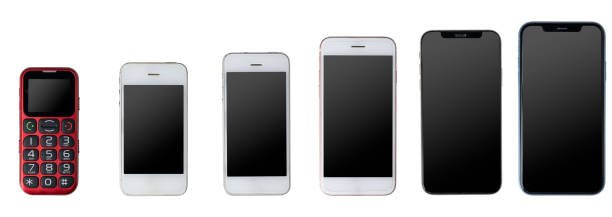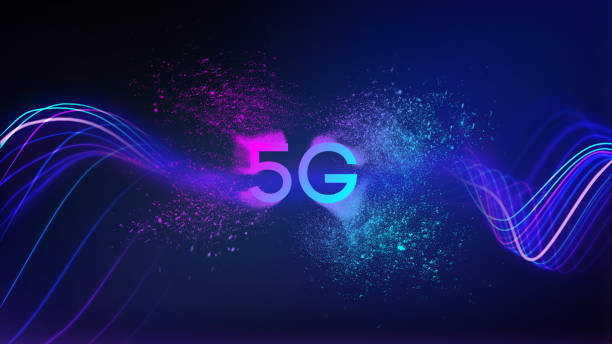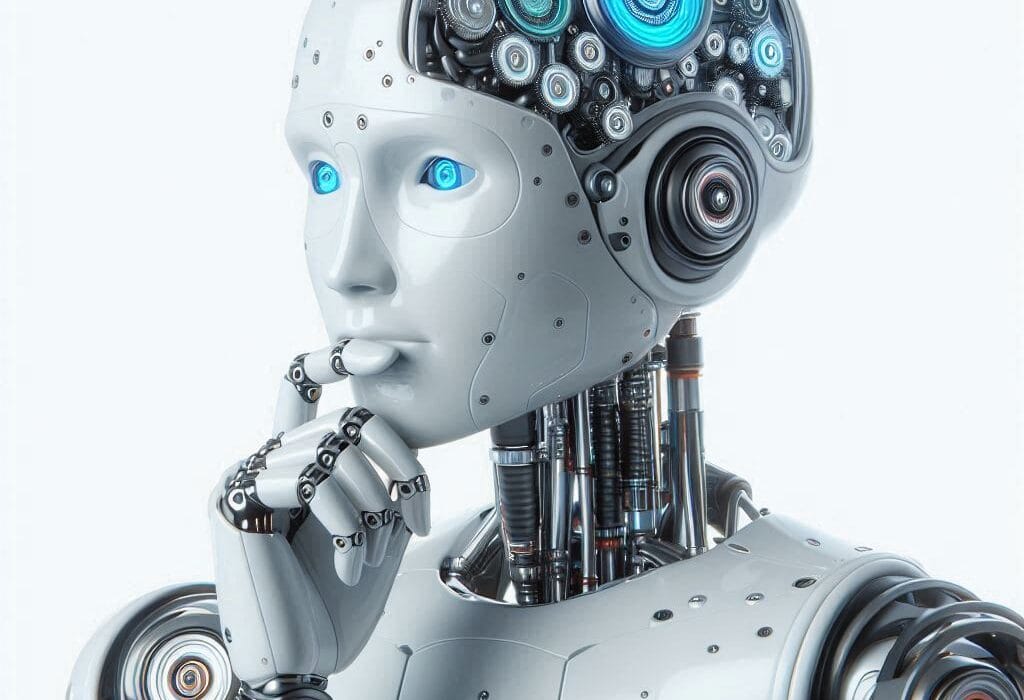For most of human history, language has been both a bridge and a barrier. It connects cultures, enables cooperation, and weaves the fabric of civilization itself. Yet, language also divides. It isolates communities, hampers international collaboration, and sometimes even sparks misunderstanding and conflict. The dream of a “universal translator”—a device that could seamlessly convert one language into another—has captivated human imagination for centuries, from ancient myths to modern science fiction.
Today, thanks to breathtaking advances in artificial intelligence (AI), that dream is inching closer to reality. AI-powered translation technologies are revolutionizing the way we communicate across linguistic boundaries, breaking down barriers that have stood for millennia. No longer confined to human interpreters or clunky phrasebooks, real-time translation is now accessible to billions, in their pockets, through their phones, and increasingly, embedded in the very fabric of the internet.
But how exactly is AI transforming translation? What challenges does it overcome, and what new horizons does it open? In this deep dive, we’ll explore the evolution of machine translation, the inner workings of modern AI translators, the profound social and cultural impacts they bring, and the exciting future that lies ahead.
The Early Days: Rule-Based Translation Systems
Before the rise of AI, early attempts at machine translation (MT) were largely rule-based. Developers painstakingly encoded grammatical rules, dictionaries, and linguistic structures into computers. These systems, often referred to as Rule-Based Machine Translation (RBMT), operated like vast, inflexible flowcharts.
In theory, they were logical: define a sentence structure, map words to equivalents, and apply grammatical transformations. In practice, they were clunky and error-prone. Languages are messy, full of idioms, exceptions, and contextual subtleties that defy rigid rules. Literal translations often produced confusing, humorous, or downright nonsensical results. Early RBMT systems struggled with anything beyond very basic sentences.
The limitations of rule-based approaches highlighted a profound truth: human language is not a mechanical code to be deciphered—it’s a living, evolving phenomenon deeply rooted in culture, context, and shared experience.
The Statistical Revolution: Data, Not Rules
The next major leap came in the late 20th century with the rise of Statistical Machine Translation (SMT). Instead of hand-coding grammatical rules, researchers fed vast amounts of bilingual text into computers and let statistical algorithms do the work. If a certain English phrase often corresponded to a certain French phrase in a database of translated documents, the system would learn that relationship.
SMT was a massive improvement over RBMT. It captured real-world usage patterns and handled common phrases and idiomatic expressions better. Google Translate’s early versions used SMT, rapidly expanding translation capabilities across dozens of languages.
Yet SMT had its own flaws. It treated language as a bag of words and phrases, often missing the broader context. Sentences could be grammatically correct but subtly wrong in meaning. Longer, more complex passages frequently resulted in awkward, jumbled translations. Human nuance, emotion, and subtext remained elusive.
The quest for better translation needed something more powerful—something that could grasp not just words, but meaning itself.
The Neural Era: How Deep Learning Changed Everything
Enter Neural Machine Translation (NMT). In the 2010s, fueled by breakthroughs in deep learning—a branch of AI modeled loosely on the human brain—NMT systems began to eclipse everything that came before.
Unlike SMT, which treated sentences as fragmented units, NMT reads entire sentences and tries to understand their full meaning before generating a translation. Using artificial neural networks, these systems create sophisticated mathematical models that can capture intricate patterns in language, including syntax, semantics, and even stylistic nuances.
A typical NMT system operates through an encoder-decoder architecture. The encoder reads the source sentence and transforms it into an abstract representation—a kind of distilled meaning. The decoder then takes this abstract meaning and generates a corresponding sentence in the target language.
The results are stunning. NMT translations are smoother, more natural, and more contextually appropriate than ever before. Subtle humor, tone shifts, and complex grammatical structures are increasingly within reach. Today, systems like Google’s Translate, DeepL, and Microsoft Translator all rely heavily on neural networks to deliver high-quality translations across hundreds of languages.
The Rise of Multilingual Models: One Network, Many Languages
An even more fascinating development is the advent of multilingual NMT models. Instead of training a separate model for every language pair, researchers have built single models capable of translating between dozens—or even hundreds—of languages.
These systems, such as Facebook’s M2M-100 and Google’s mT5, leverage shared linguistic patterns across languages. For example, similarities between Spanish and Italian can help the system generalize better and learn faster. Moreover, multilingual models can translate between two languages even if they have never been explicitly paired in the training data—a phenomenon called zero-shot translation.
Multilingual AI translation systems are not only more efficient, they also democratize access. Lesser-known languages, often ignored by earlier translation systems due to lack of data, are increasingly being supported. This is a critical step toward preserving linguistic diversity in a globalized world.
Real-Time Translation: Conversations Without Borders
One of the most exhilarating outcomes of AI-driven translation is the rise of real-time translation. Devices and apps can now translate spoken conversations almost instantaneously, breaking down language barriers on the fly.
Apps like Google Translate’s conversation mode, Microsoft’s Skype Translator, and standalone devices like Pocketalk allow two people speaking different languages to understand each other with only minimal delay. These tools transcribe speech, translate it, and vocalize the output in real-time, allowing for near-seamless communication.
Real-time translation is reshaping travel, diplomacy, customer service, and even education. A Japanese tourist can ask for directions in Paris without knowing a word of French. A Spanish-speaking student can follow a lecture delivered in English. Businesses can offer customer support in dozens of languages simultaneously.
Of course, real-time translation still faces challenges. Accents, slang, background noise, and complex conversation topics can trip up even the best AI systems. Yet the pace of improvement is breathtaking, suggesting a future where language ceases to be a barrier altogether.
Cultural Sensitivity and Nuance: Beyond Literal Translation
Language is more than a tool for exchanging information—it’s a vessel for culture, emotion, humor, and identity. Idioms, metaphors, and cultural references can lose their meaning when translated word-for-word.
Modern AI translation systems are becoming increasingly adept at handling these subtleties. By training on massive, culturally diverse datasets, AI can learn common idiomatic expressions and translate them appropriately. Some systems even offer style options—formal or informal, friendly or professional—allowing users to tailor translations to context.
Still, perfect cultural sensitivity remains elusive. Humor, sarcasm, poetry, and political nuance often challenge even human translators. While AI has made enormous strides, there is still an irreplaceable role for human oversight in critical areas like literature, diplomacy, and legal documents.
The future likely lies in a collaborative model where AI handles the heavy lifting of basic translation and humans provide the final layer of cultural polish and quality assurance.
Translation for All: Accessibility and Inclusion
AI-powered translation is a game-changer for accessibility. Instant translation opens doors for millions of people around the world who previously faced linguistic isolation. Immigrants, refugees, international students, and travelers all benefit from having information and services available in their native language.
Moreover, AI translation supports individuals with disabilities. Speech-to-text systems combined with real-time translation help deaf and hard-of-hearing individuals participate in multilingual conversations. Visual translation tools, such as apps that translate signs and menus via smartphone cameras, empower people to navigate foreign environments independently.
By bridging language gaps, AI fosters greater inclusivity, global understanding, and human connection.
Challenges and Ethical Concerns: The Double-Edged Sword
Despite its astonishing benefits, AI translation also raises important challenges and ethical concerns.
Accuracy remains a major issue, particularly for rare languages, highly technical subjects, or sensitive content. Mistranslations can have serious consequences in legal, medical, or diplomatic contexts. Over-reliance on imperfect AI systems without human verification could lead to misunderstandings or harm.
Bias in training data is another concern. If the data used to train an AI system contains stereotypes, inaccuracies, or colonial biases, these issues can be amplified in translations. Careful curation of training data and ongoing monitoring are essential to ensure fairness and inclusivity.
Privacy and security also come into play. Many translation apps transmit user data to cloud servers for processing. Sensitive conversations or documents translated via AI could potentially be exposed to data breaches or misuse.
To navigate these challenges, transparency, accountability, and robust human-AI collaboration must guide the future of AI translation technologies.
The Future: Toward Truly Universal Communication
Looking ahead, the horizon for AI translation is dazzling.
Advances in natural language understanding (NLU) and generative AI models like OpenAI’s GPT and Google’s Gemini are pushing translation systems closer to truly human-like fluency. Future systems may not only translate words but also infer intent, emotion, and subtle context, tailoring translations dynamically to the situation and audience.
Brain-computer interfaces (BCIs) may one day integrate AI translation directly into human thought, allowing silent, seamless communication across languages without even speaking.
Meanwhile, efforts to preserve endangered languages through AI translation initiatives could help sustain linguistic diversity for future generations. By making translation more inclusive, we can celebrate humanity’s rich tapestry of tongues rather than erasing it.
Ultimately, the dream of a world where every person, regardless of the language they speak, can be heard and understood, is closer than ever before. AI is not erasing language differences; it is building bridges between them, enabling humanity to communicate more freely, richly, and authentically than ever before.
Conclusion: AI and the Universal Language of Connection
From clunky rule-based systems to sophisticated neural networks capable of real-time, culturally aware translations, AI has transformed the landscape of global communication. What was once the stuff of dreams and science fiction is now woven into the fabric of our daily lives.
Yet the story is not merely about technology—it’s about people. AI translation empowers individuals to connect, collaborate, learn, and share across divides that once seemed insurmountable. It brings us closer to a world where language is not a barrier but a bridge—a tapestry woven from the shared human desire to understand and be understood.
As we stand on the threshold of even greater breakthroughs, one thing is clear: the language of the future is universal, inclusive, and powered by the limitless possibilities of human ingenuity and artificial intelligence.






